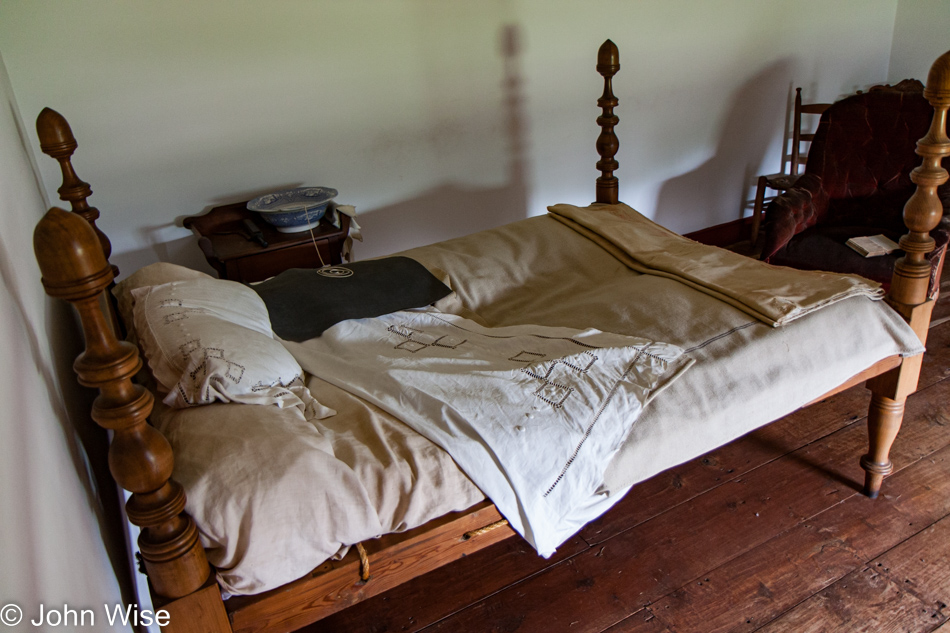
We departed Fredericksburg, Virginia, early in the morning and took a random small road in the general direction of where we wanted to end up. Not too far from town, we stumbled upon a sign pointing us to the Stonewall Jackson Shrine. Intrigued, we followed the directions to what nowadays is called the Stonewall Jackson Death Site, which is part of the Fredericksburg & Spotsylvania National Military Park near Guinea, Virginia. Thomas Jonathan “Stonewall” Jackson was a Civil War general on the Confederate side and contracted pneumonia after being accidentally shot by his own men during the Battle of Chancellorsville. The bed above is where the General died on May 10, 1863.
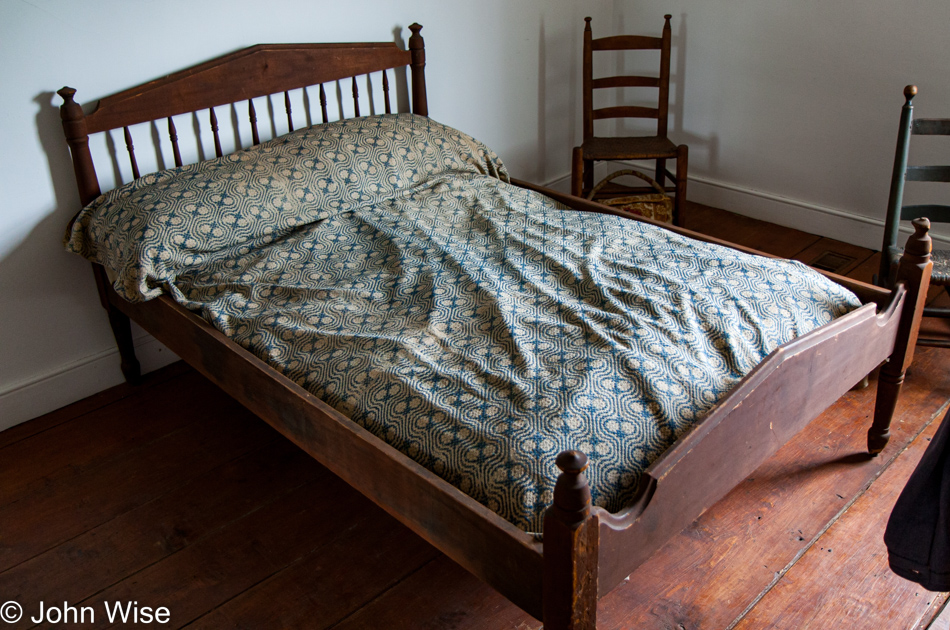
Update from Caroline: While the “death bed” has more historical significance, this other bed with a coverlet caught my attention. I really fell in love with the “alien head pattern.” Little did I know that a few short years after this encounter, my first set of handwoven towels would feature the “cat tracks and snail trails” overshot weaving pattern. Here am I getting started, and these are the towels freshly cut off the loom.
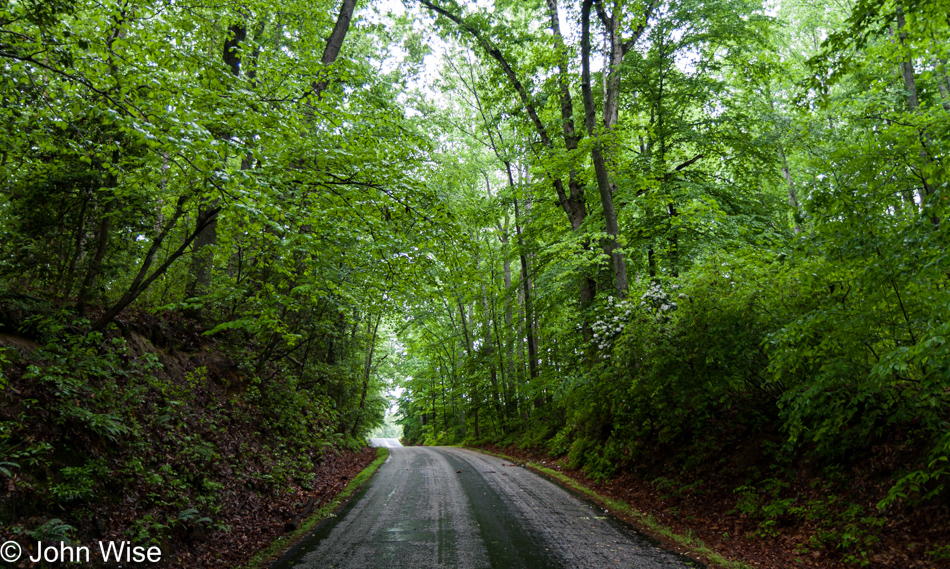
In Bowling Green, Virginia, we left State Route 2 and transitioned onto U.S. 301, which runs all the way to Sarasota, Florida, but we are not going quite that far.
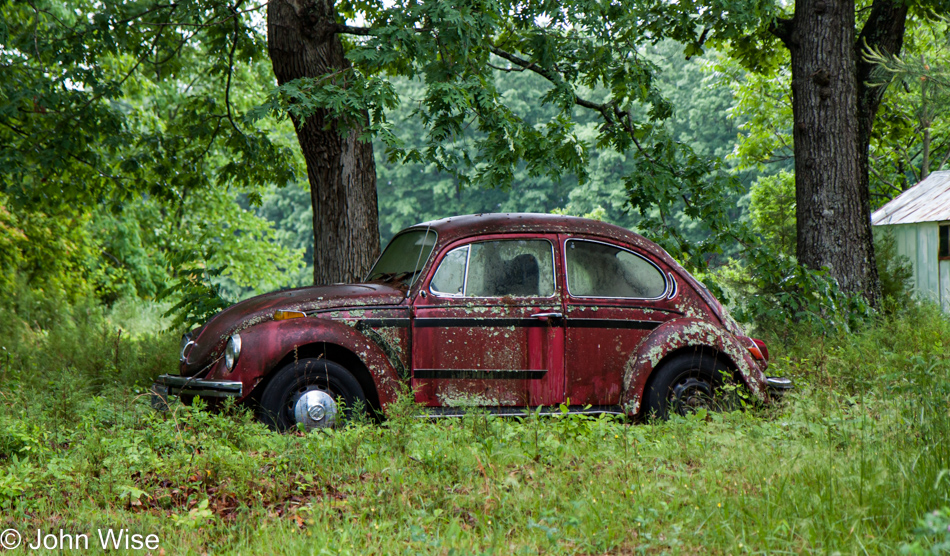
There’s a faster way to where we are going over on Interstate 95 that runs from Maine to Miami, but then we wouldn’t see things like this mossy Beetle.
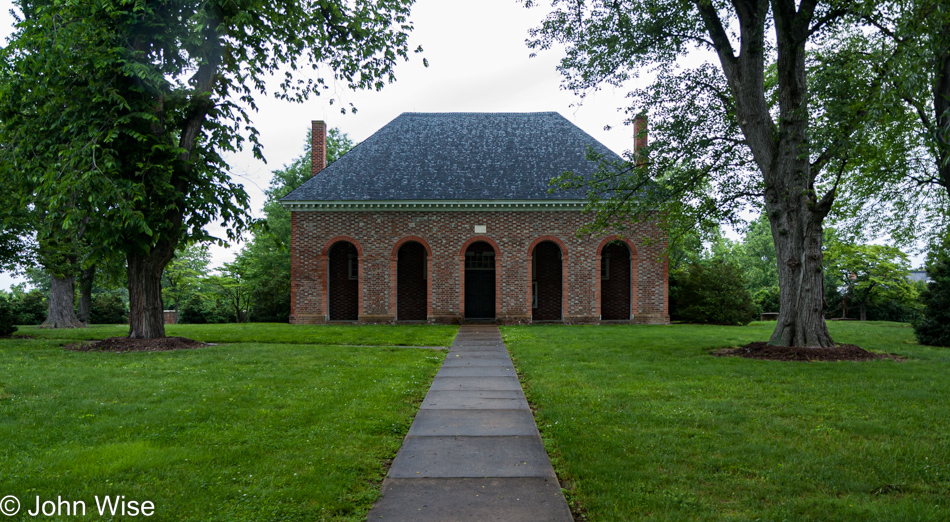
Our 110 drive south is taking us past this historic building in Hanover, Virginia.
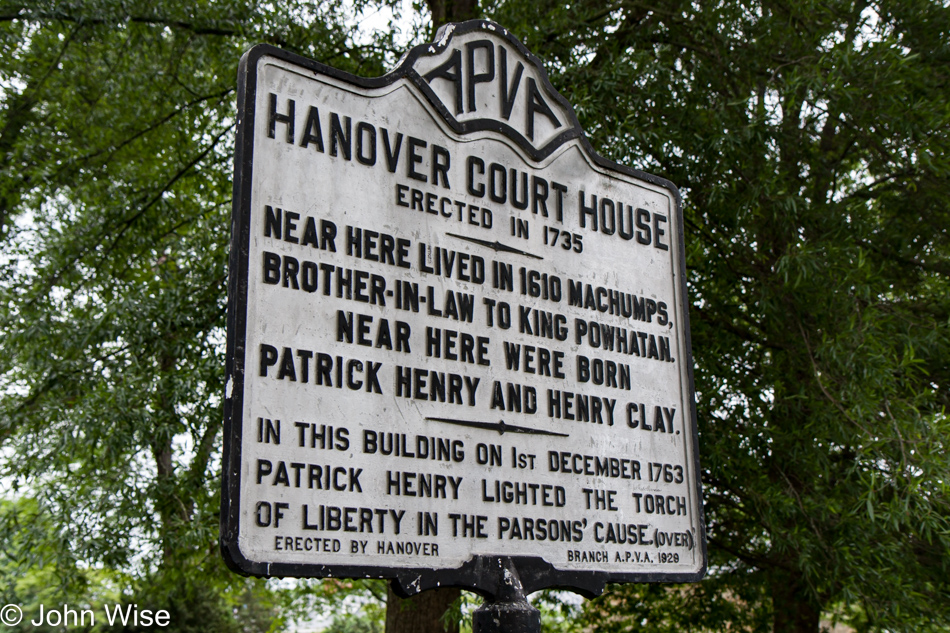
Did I learn about this in school? I have no memory of it, but right here in Hanover, Patrick Henry, who might be more famous for his quote, “Give me liberty, or give me death!” helped kick things into action regarding the colonies entering the American Revolution with a case regarding taxation and tobacco referred to as the Parsons’ Cause.
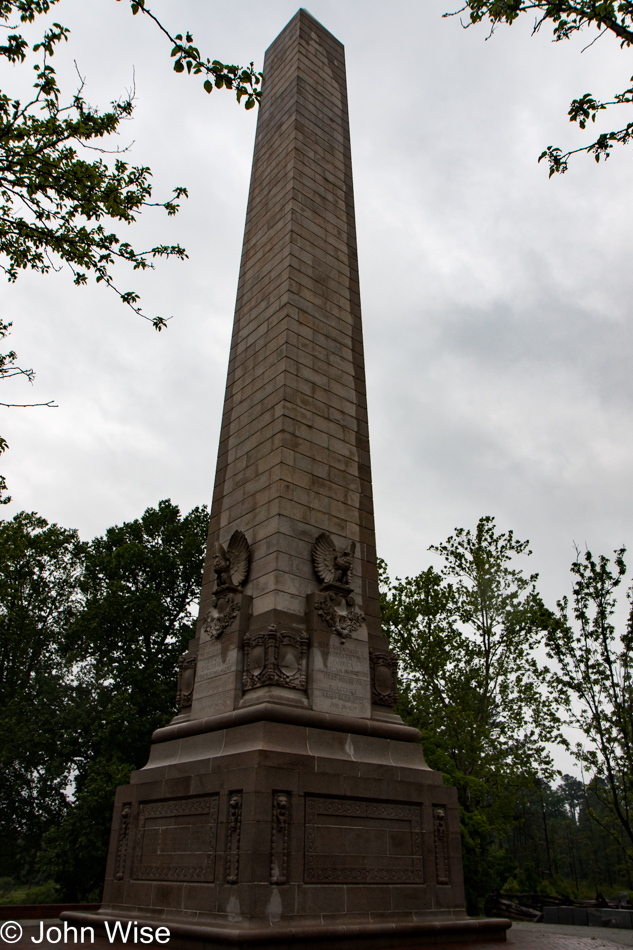
Continuing down small backwood roads, we meandered through the countryside before meeting up with the James River Plantation road that would take us to Jamestown. Back in 1607, this original English settlement was the seed laying the foundation for the Colonies and, ultimately, the United States.
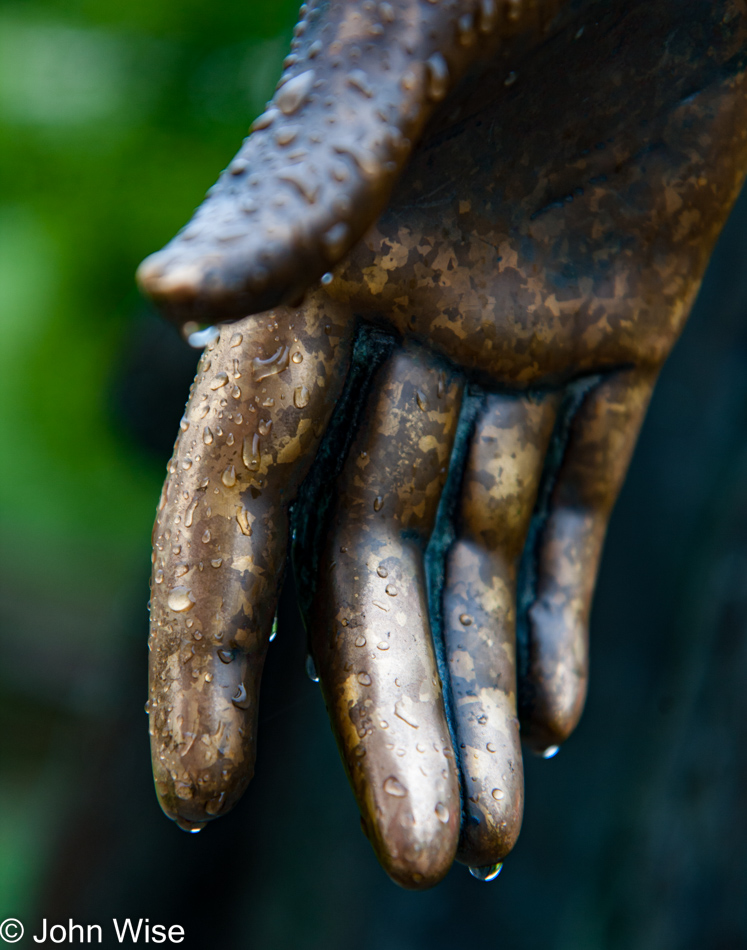
It was almost 20 years after this first landing when the Pilgrims arrived and established the second successful English colony at Plymouth. Our visit on this day was gray with a light drizzle and occasionally heavier rains, but it lent an air of what it might have been like here, next to the river on the not-so-pleasant days.
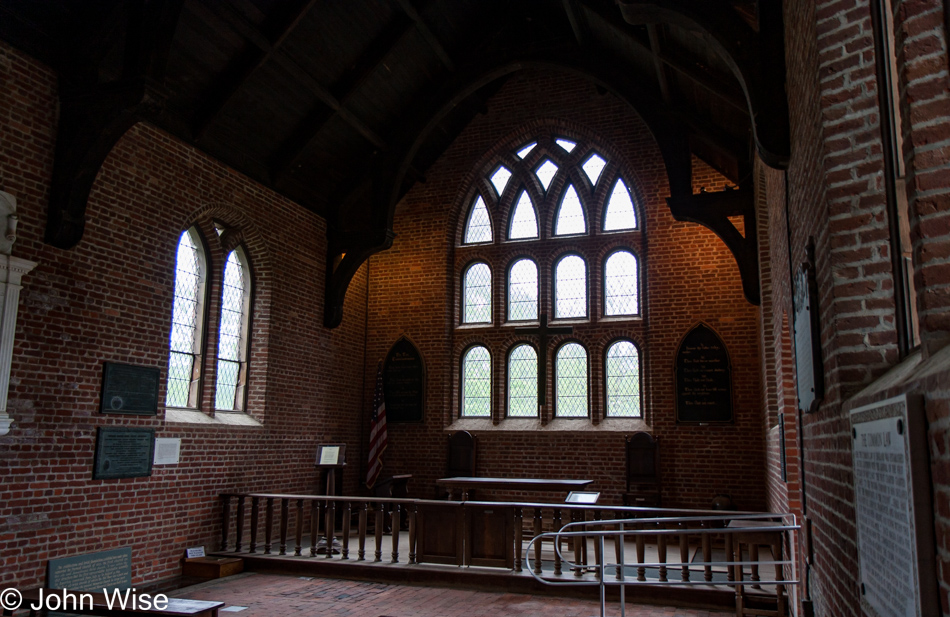
The church here was reconstructed out of the rubble from the ruin of the original tower that was built back in 1639.
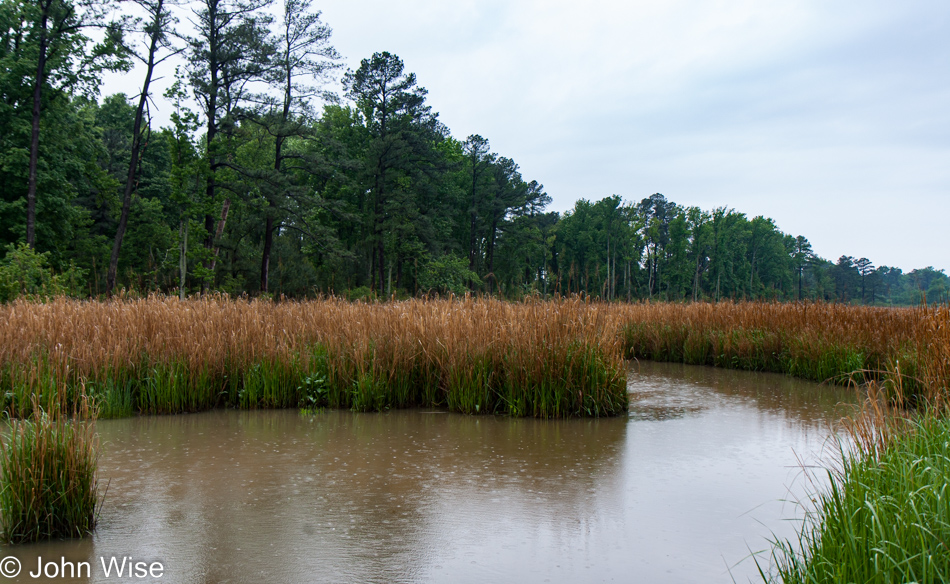
On days like this, the early colonists must have wondered why they were trying to live on this swampy land surrounded by Native Americans who were not appreciative of the intruders.
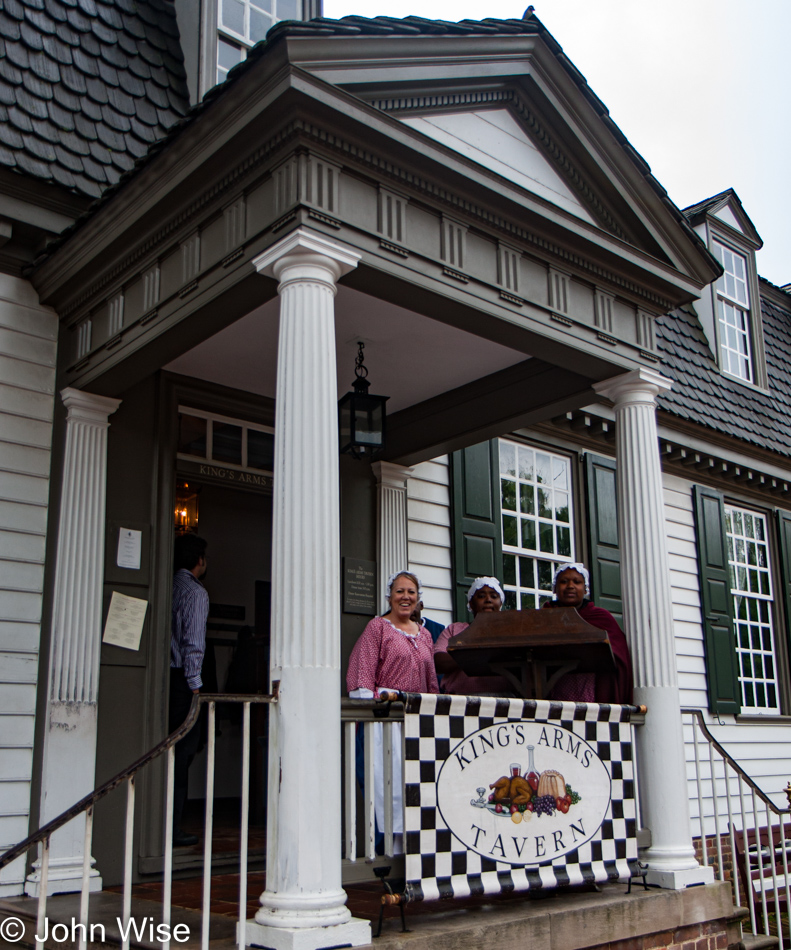
Our next stop was in Colonial Williamsburg. Middle Plantation, established in 1632, was the area that in 1698 would become known as Williamsburg, and later the capital of the Virginia colony after determining that Jamestown was not a suitable location.
In 1693, the College of William & Mary was established here, the institution where Presidents Thomas Jefferson, James Monroe, and John Tyler would be educated along with Chief Justice John Marshall, Speaker of the House Henry Clay, and 16 signers of the Declaration of Independence. From 1699 to 1780, Williamsburg served as Virginia’s colonial capital, but during the Revolutionary War, the capital was moved to Richmond as it was considered easier to defend.
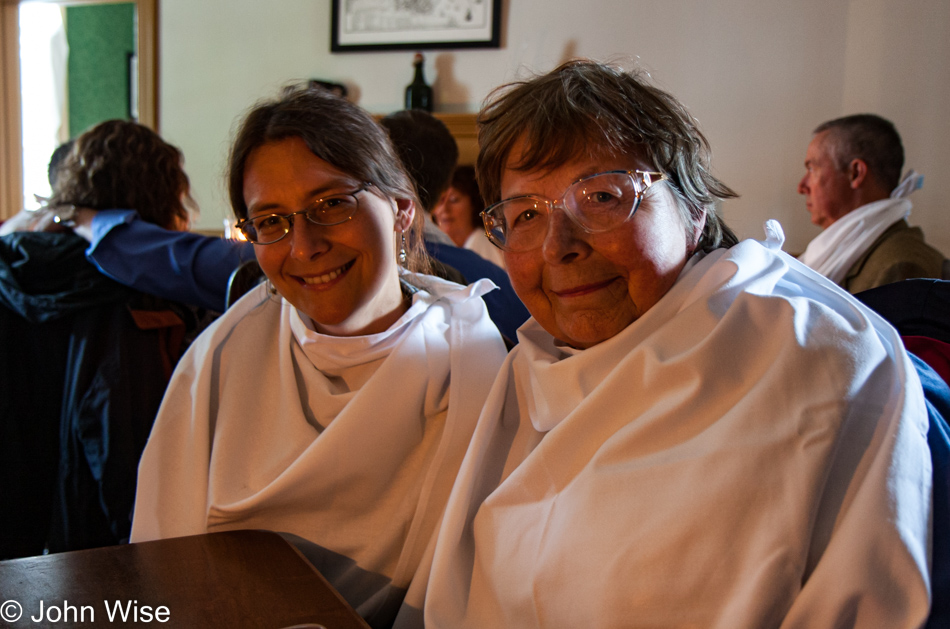
We had no idea how intriguing this enclave and re-enactment of an early American city would turn out to be as the internet proved to be a poor salesman of what Colonial Williamsburg was actually like. I seriously expected a rendition similar to the ham-fisted Knott’s Berry Farm version of the Old West, only this would be the East Coast Silly Place version. Nope, I was wrong. Dinner here at the King’s Arms Tavern seriously drove home the efforts being made to not turn this into a mockery of history.
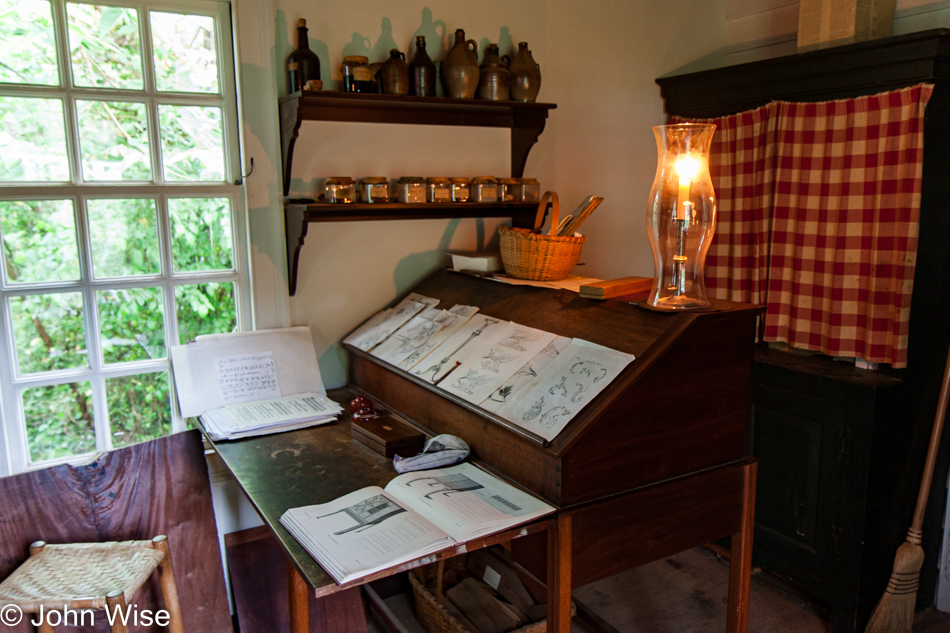
Following our dinner, we had reservations for a candle-lit tour of a small corner of the historic district, dipping into a few of the buildings specially lit just for this visit.
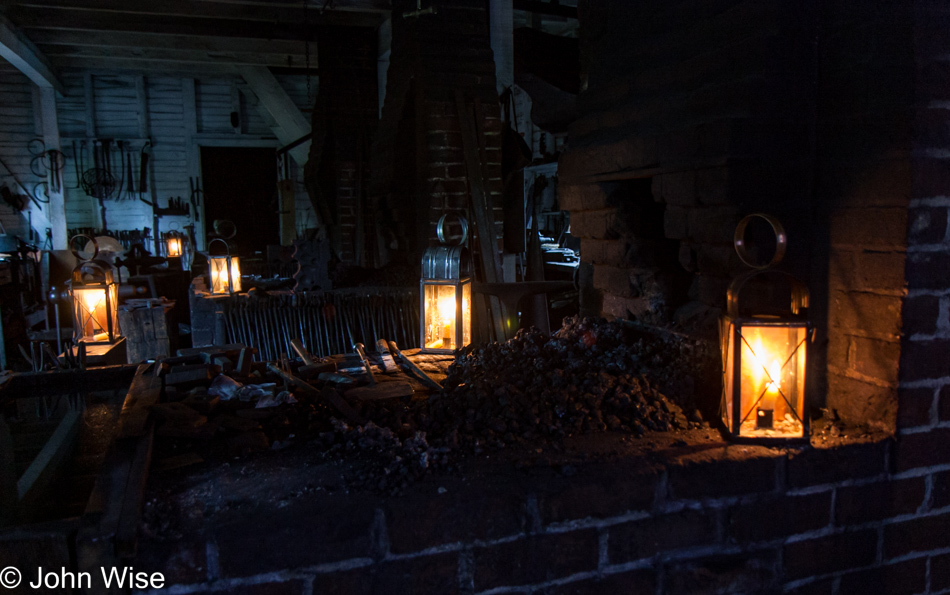
I would have thought that work by candlelight was nigh well impossible at the blacksmith’s shop back in the day, but on the short days of winter, they’d still have to get things done.
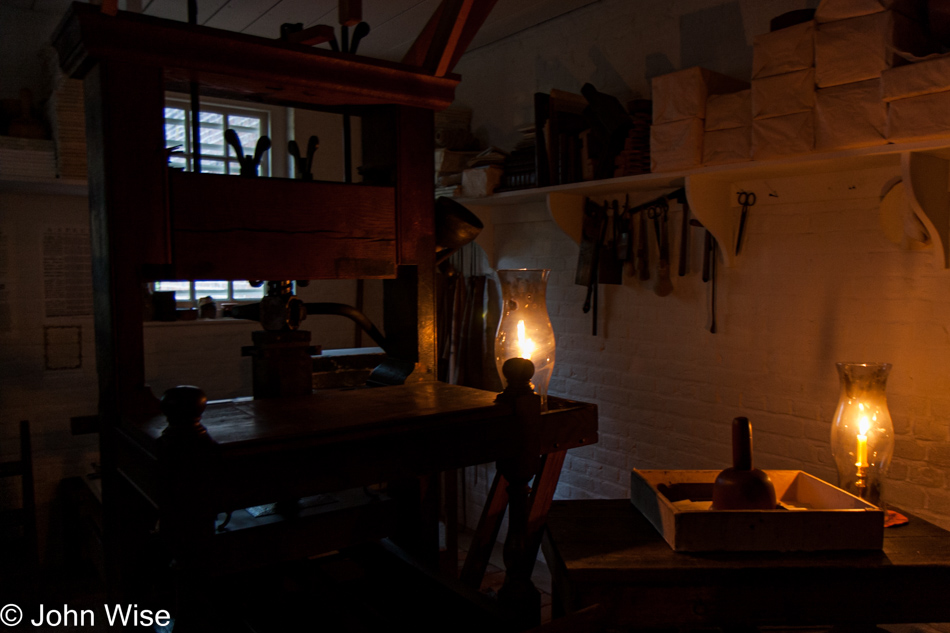
Likewise, at the printing shop.
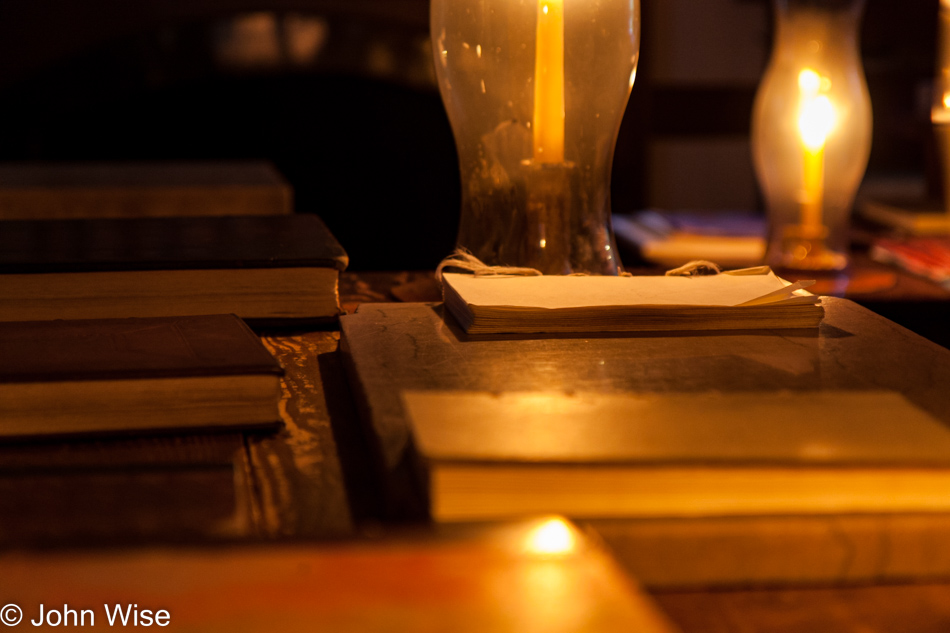
The warm light of the candles lent an authenticity to the sense of history that electric lighting would have stolen.
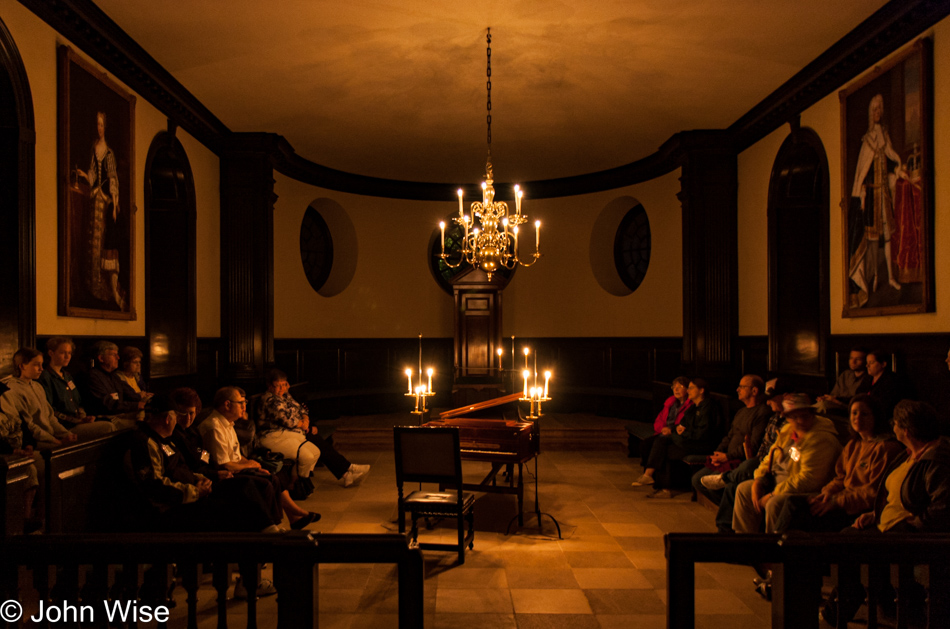
We sat down at 9:00 pm for a harpsichord concert at the old Capitol building. Today, it’s a recreation of the original 1705 that was destroyed by fire in 1747. It was rebuilt but did not survive much past the American Revolution. This place is where the House of Burgesses would meet, including members George Washington, Thomas Jefferson, Patrick Henry, and George Mason – tonight, it was our turn for a visit.